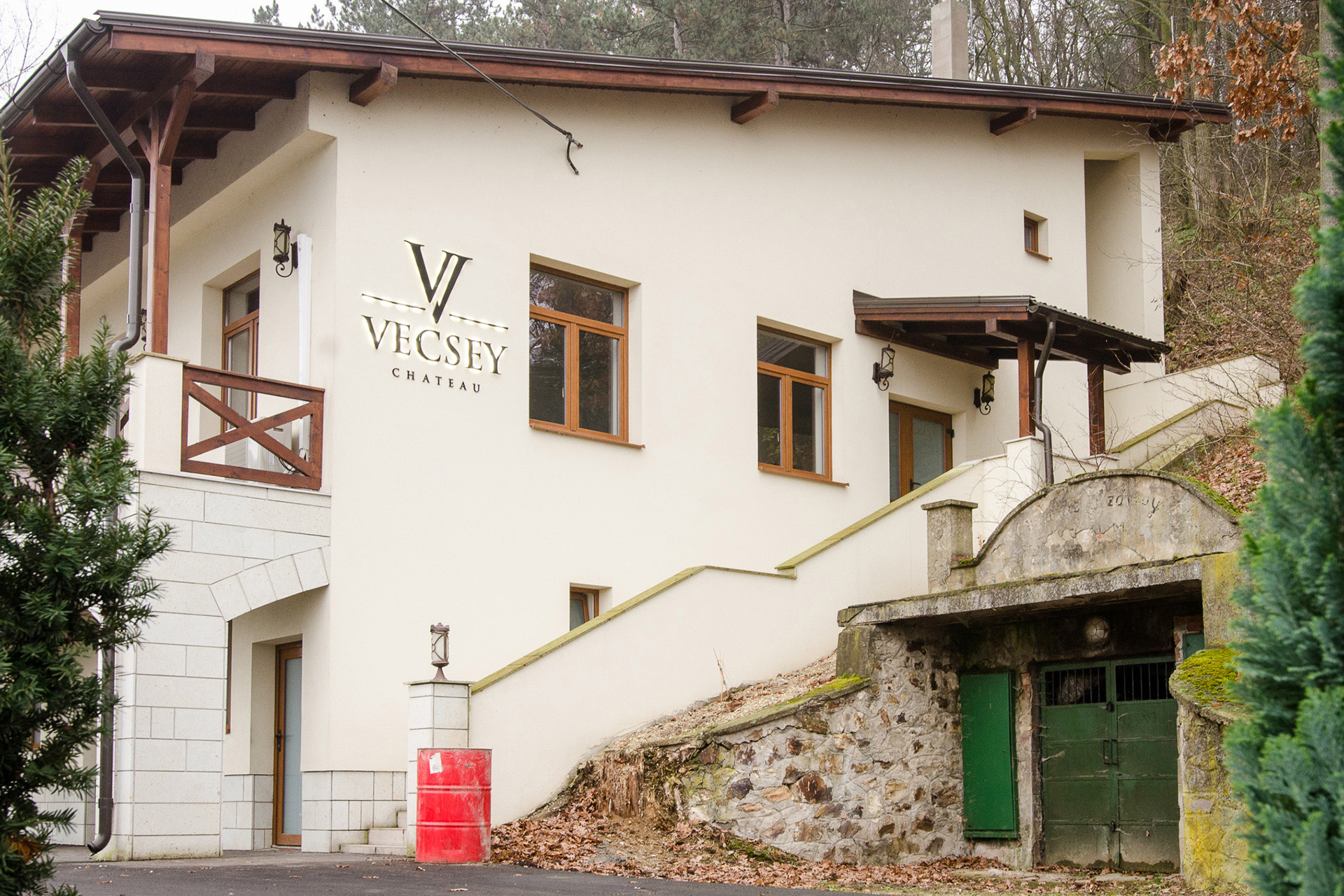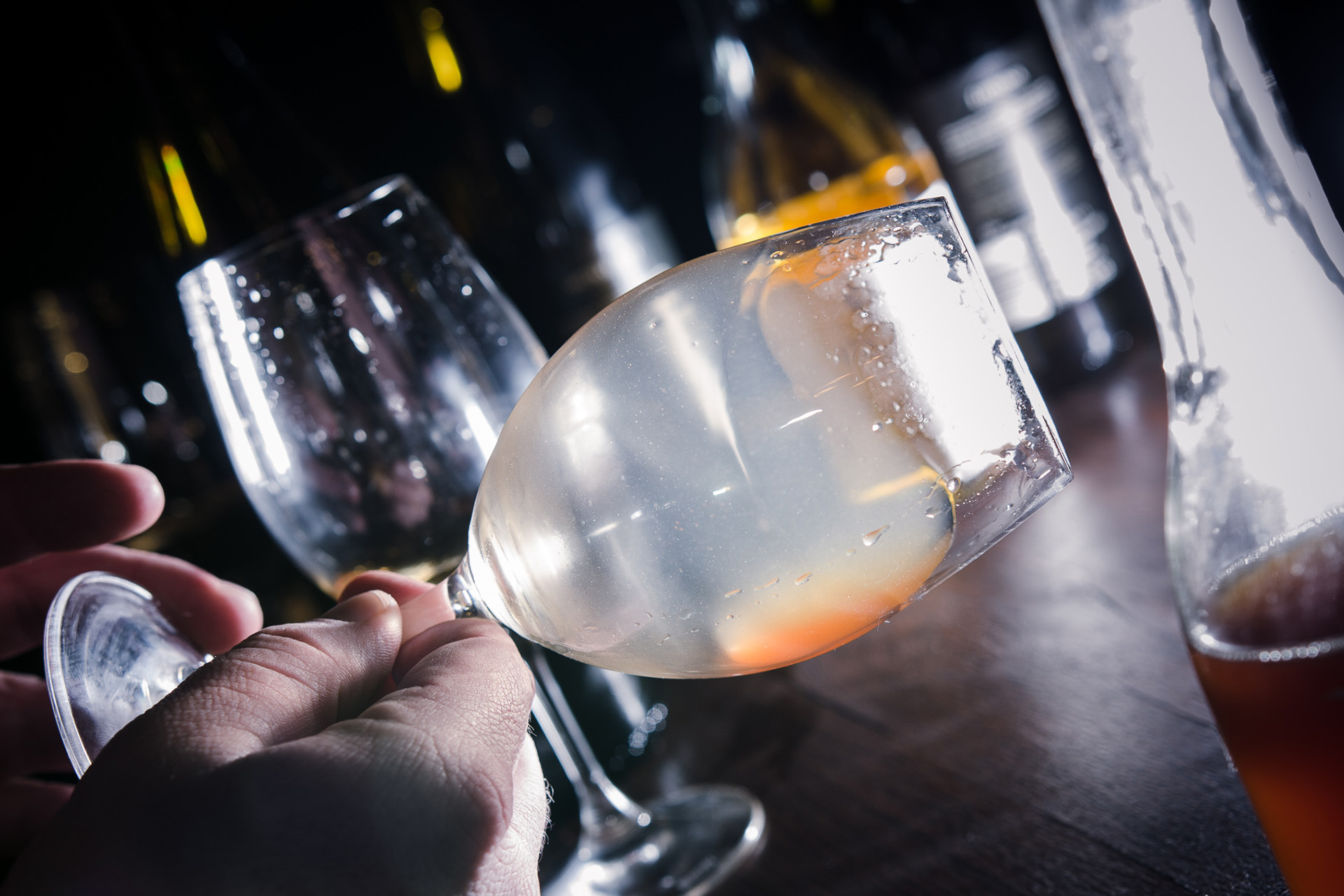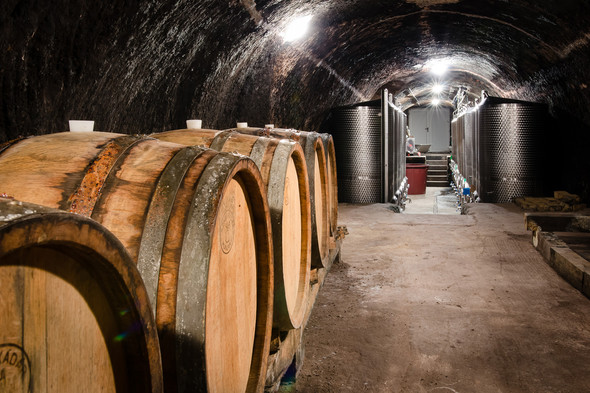The time has come for those who claim, with reference to its geological and climatic endowments, that the Slovakian Tokaj is not worth anywhere near as much as the Hungarian ‘mother wine region’ to reconsider their position!
Before proceeding with an overview of our latest discoveries, although it’s hard for me not to begin with this, let’s take a look at some well-known and perhaps less well-known facts. The Tokaji wine region is located on the southern slopes of the Zemplén Hills, otherwise known as the Tokaj Hills. In Hungarian, the denomination Hegyalja ( meaning: at the foot of the hill ) is also in widespread use in addition to the name Tokaj. Originally, in the strictest sense of the word, only the Zemplén Hills belonged to the wine region, in fact the old Latin saying also states, “From Sátor to Sátor”, or from the Abaújszántó Sátor Hill to the Sátoraljaújhely Sátor Hill. Over the centuries, the territory of the wine region also changed several times until it reached its current dimensions at the beginning of the nineteenth century, specifically, the size which Hungary knows and recognises. (Let’s not forget, right up till 1920, the whole Tokaji wine region belonged to Hungary.) By that time, however, the wine region had already spread outside the Zemplén Hills, both to the East and the West, thus Monok, Ond, Szerencs, Bekecs, Legyesbénye, Viničky (then Szőlőske) and Malá Tŕňa (then Kistoronya) came into the picture, although the latter had already been mentioned as a Tokaj settlement in the 1700s. When after World War I, the last two settlements were attached to Czechoslovakia, 170 hectares of genuine Tokaj vines were transferred along with them to the other side of the border.
This 170 hectares have swelled on the Slovak side to today’s 1000 hectares (true, only on paper, given that the amount of vines actually maintained is barely 400 hectares). This is criticised by the Hungarian side, which claims that areas which had never been part of the region in the previous 600 years have now received the Tokaji classification. Well, that’s correct.
We also often hear that the Slovak side has different geological characteristics to the Hungarian, which is also true, 80% at least. Slovak Tokaj lies within the Zemplén Island Hills, which differ from the Zemplén Hills not only in name but also in their geological endowments. There are significant amounts of sedimentary rock, mainly sandstone and Triassic limestone. Rhyolite and rhyolite tuff are representative of volcanic rocks typical to Tokaj, to the north, north-west of Viničky and to the west of Bara, as well as scattered and not very significant pyroxene andesite outcrops on the outskirts of Bara (formerly Bári) and Malá Tŕňa. The majority of the vines, however, are not on volcanic soil, rather on sedimentary rock and sandstone, more rarely on limestone, with the exception though of the vineyards lying above Viničky. (Meanwhile, on the Hungarian side, Tokaj Hill, which is covered with a thick blanket of loess, is also the odd one out. Wines originating from there have a completely different character to other Tokaji wines, but are still good enough for the Hétszőlő aszú or the fantastic dry Hárslevelű of Zoltán Demeter or Tokaj Kikelet, without even mentioning Gizella, Paulay Borház or some of the Bott wines!)
On the other hand, there is another assertion, that there have also been changes on the Hungarian side, not only with the settlements but also with regard to the location of the vineyards. The switch to mass production under the communists led to the abandonment of the once first-class lands as they were steep and difficult to cultivate. Therefore, the majority of the vines ended up down at the foot of the hills, or even worse, on the former corn fields, on land prone to frost, which did not produce the same quality as the old vineyards. Well, that’s correct.
Which is why I believe geographical, ideological and historical disputes should be relegated to the background. Such a dispute where both sides are right, but in the end neither is, doesn’t lead anywhere. The common denominator for both should be quality!
So now we come back to the real subject of the article. I have in fact discovered a Slovakian winery where the wines are quite literally impressive! Moreover, they have the kind of vineyard-selected dry Furmint (I tasted them as barrel samples) which I would at any time happily put into a blind tasting with a flight of dry Tokaji Furmint. It would hold its own! What’s more, from a vineyard which doesn’t belong to the historical Tokaj areas...

Chateay Vecsey – because that’s who I’m going to talk about – is not an estate with a long history. It was founded in 2011 and they are just about to enter the market now. They currently have 29.5 hectares and are aiming for 46 hectares. 21 hectares are currently producing grapes, whereas 8 hectares are just starting to bear fruit. The centre of the estate is located in Streda nad Bodrogom (formerly Bodrogszerdahely) on the old family estate of the Baronial family Vécsey, from which the winery gets its name, or more precisely in their enormous wine cellar. They have built a modern processing area in front of it; upstairs a bottling line, warehouse and tasting room, and some guest rooms will also be ready soon. The cellar is orderly and clean; in one corner, there is a huge stone from Mád (a tribute to the wine region’s current innovative centre), on which there is a quote from the great Hungarian poet, Sándor Petőfi. The Vécsey family has little to do with the region now, the last owner who lived in the Vécsey manor-house in the village was Baron Béla Vécsey. According to legend, he was a playful old gentleman, who lost the cellar at cards three times, but bought it back all three times. The current owners sought out his descendants, currently living in Chile, who visited Slovakia and the former estate of their great-grandfather in February 2014. (They also signed the first bottle of 6 putňa vyber /aszú/, which is currently resting in the cellar.)
Once the estate is in full swing, their aim is to produce 100,000 bottles per year. They brought the Furmint clones from Mád, so the grapes for the vineyard selected wine are the highly esteemed madárkás Furmint. The site on the other hand is the Lada vineyard just above Černochov (Csarnahó); south, south-east facing 185-230 metres above sea level, with mainly sandstone rock according to geomorphological maps.
Furmint - Lada - 2015 (barrel sample – from 5 hectolitre medium toast barrel) I 86-89 points
Youthful, with lovely aromas of apple and a little almond. On the palate, full-bodied, with lively acidity, a mouth-filling wine. Flavours of citrus fruit, apple and white flowers. Long and elegant wine showing great promise.
Furmint 2011 I 80-82 points
Aromas of citrus fruits, coconut and apple. A bit flabby on the palate, full-bodied, but already past its best.
Lipovina (Hárslevelű in Hungarian) 2012 I 85-86 points
On the nose, plenty of peach and linden blossom. On the palate, full-bodied with rounded acidity, peach, ripe apple and flowers. Very round, drinkable, with a medium long finish.
Muškát žltý 2014 I 85-86 points
Varietal character, perfumed with aromas of flowers and fresh grapes. On the palate, fresh and taut with vibrant acidity. Flavours of grapes, flowers and a little honeyed minerality. Super!
After tasting the dry wines, let’s take a bit of a look around the surroundings. Streda nad Bodrogom was already a serious settlement in the fourteenth century, with the right to hold a market and its own castle. Previously, many of its inhabitants had vineyards in nearby Viničky on the other side of the River Bodrog. The Vécsey galleries, carved out of andesite, actually surpass the majority of Tokaj’s cellars in their lofty heights. Nevertheless, the settlement is not part of the wine region. The other settlement connected the estate, where the vineyards can be found, is Černochov. Its first owner in 1475 was the Rozgonyi family, who were later annexed to the Patak (Sárospatak) lordship. Historically, it did not belong to the Tokaj wine region, although it was famous for its cherries. However, it was linked to Tokaj, mainly because of trade. Jewish merchants also worked in Bara and Černochov, establishing warehouses and then transporting Tokaji wines on from here to Polish lands to the East, mainly to Lwów. (The history of the city would warrant a separate article. It was one of the most important centres of Polish history, now belonging to Ukraine and known as Lviv. For a long time it was one of the Habsburg Monarchy’s most easterly cities, called Lemberg. The Hungarian name was Ilyvó.) In addition, a census record from 1873 indicates that 119 Černochov inhabitants owned vines in the Tokaj area (that is the nearby Malá Tŕňa). Some interesting cadastral maps of the aforementioned Lada vineyard have survived, which show that vines were cultivated there in 1908 and 1786. Another positive development is the fact that the winery has developed a small terraced area at the top of the vineyard, along with a well and a wooden house, where they can hold tastings and picnics in the summer and autumn.
Muškát žltý 2012 (53g residual sugar) I 86-87 points
Wonderful aromas of lots of flowers, gooseberry and apricot. On the palate, light, drinkable and well balanced. A real gastronomic wine.
Provokácia 2012 (100g residual sugar) I 86-88 points
Aromas of ripe and overripe peach, white flowers and juicy pear. On the palate, medium bodied, beautiful acidity, grape and citrus fruits. Complex, yet very drinkable, German style wine. Perfect for the British market!
Vyber 3p 2012 (85g residual sugar) I 85-87 points
The aroma rather of dried grapes, with only a little botrytis. A lot of apricot, dried fruits and raisins. Medium bodied, rounded acidity and well balanced. Flavours of peach and flowers. Very drinkable, youthful wine. Based on its structure, I would guess that it was born on loess.
Vyber 5p 2012 (139g residual sugar) I 91-94 points
Dried apricots, a little jamminess and Mediterranean citrus fruits on the nose. On the palate, a little more than medium bodied, with lively, vibrant acidity. Flavours of citrus fruits, apricot and a little mushroom. Elegant and intense wine, with a long finish.
Muškát žltý výberová esencia 2014 (tank sample, 245g residual sugar) I 94-97 points
Amazing aroma. It’s no accident that Tokaj still celebrates with 100% muscat, considered exceptional both in the past and still now! An abundance of flowers, apricots, a little honey and some perfume on the nose. On the palate, full bodied, mouth filling and incredibly intense. Flavours of dried apricot, vibrant acidity, citrus fruits and flowers, with an endless finish. Wow!
Tokajská esencia 2013 (tank sample, 611g residual sugar) I 98-99 points
Clear aromas of apricot jam, fresh, ripe apricot and citrus fruits. On the palate, almost creamy honey, dense and firm to the bite. An infinite number of flavours, complex and wonderful!

Finally, a few thoughts. Chateau Vecsey has clearly demonstrated with its wines that with appropriate expert know-how (and here we would like to praise the winemaker László Butella), wines worthy of the name Tokaji can be produced from the Slovak Tokaj areas, even if they don’t belong to the historical Tokaj vineyards. This is the category that makes people’s jaws drop all around the world, which is why Tokaj in turn was counted among the greatest wine regions in the world, and which, even as a result of thousands of problems, war and disease, could not be permanently wiped off the map. The winery’s motto is no coincidence either, if we ask about Tokaji wines and wine-making: “Using the values of the past, living with the current circumstances, looking to the future.” We hope their example will stick and we will soon stumble across such wines in every neighbouring winery. Slovak Tokaj, welcome to the club!






